Katie Mahan - Heaven & Hell - Mozart, Beethoven (2025) [Hi-Res] [Dolby Atmos]
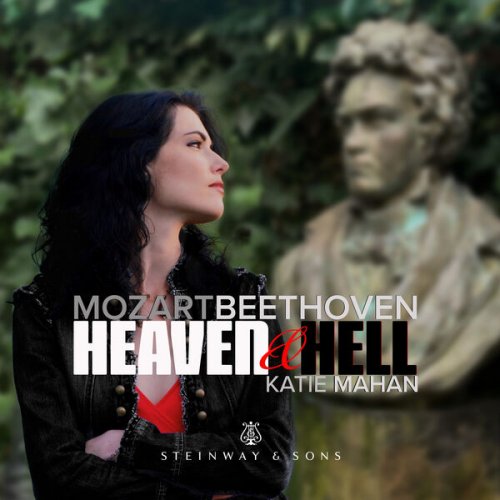
Artist: Katie Mahan
Title: Heaven & Hell - Mozart, Beethoven
Year Of Release: 2025
Label: Steinway & Sons
Genre: Classical Piano
Quality: Dolby Atmos (E-AC-3 JOC) / flac lossless (tracks) / flac 24bits - 96.0kHz +Booklet
Total Time: 01:20:01
Total Size: 440 / 263 mb / 1.38 gb
WebSite: Album Preview
TracklistTitle: Heaven & Hell - Mozart, Beethoven
Year Of Release: 2025
Label: Steinway & Sons
Genre: Classical Piano
Quality: Dolby Atmos (E-AC-3 JOC) / flac lossless (tracks) / flac 24bits - 96.0kHz +Booklet
Total Time: 01:20:01
Total Size: 440 / 263 mb / 1.38 gb
WebSite: Album Preview
01. Overture (From Mozart's Don Giovanni, K. 527) [Arr. for Piano by Katie Mahan]
02. Ah, soccorso! (From Mozart's Don Giovanni, K. 527) [Arr. for Piano by Katie Mahan]
03. Piano Sonata No. 14 in C-Sharp Minor, Op. 27 No. 2 Moonlight: I. Adagio sostenuto
04. Piano Sonata No. 14 in C-Sharp Minor, Op. 27 No. 2 Moonlight: II. Allegretto
05. Piano Sonata No. 14 in C-Sharp Minor, Op. 27 No. 2 Moonlight: III. Presto agitato
06. Bagatelle No. 25 in A Minor, WoO 59 Für Elise
07. Piano Sonata No. 21 in C Major, Op. 53 Waldstein: I. Allegro con brio
08. Piano Sonata No. 21 in C Major, Op. 53 Waldstein: II. Introduzione. Adagio molto
09. Piano Sonata No. 21 in C Major, Op. 53 Waldstein: III. Rondo. Allegretto moderato - Prestissimo
10. Piano Sonata No. 32 in C Minor, Op. 111: I. Maestoso - Allegro con brio ed appassionato
11. Piano Sonata No. 32 in C Minor, Op. 111: II. Arietta. Adagio molto semplice cantabile
12. Ode to Joy (From Beethoven's Symphony No. 9, Op. 125) [Arr. for Piano by Katie Mahan]
STEINWAY & SONS is thrilled to release Katie Mahan's newest album, Heaven and Hell - Mozart, Beethoven, (STNS 30252) on October 3, 2025. Beethoven's beloved Moonlight and Waldstein sonatas are featured along with the monumental Sonata Op. 111, and Mahan’s own transcriptions of Mozart’s Don Giovanni Overture, “Ah, soccorso!” and the transcendent Ode to Joy from Beethoven’s 9th Symphony.”
In her liner notes for the album Mahan writes:
“I have chosen to begin this program with my own solo arrangement of the Overture to Don Giovanni because my motivating idea for this album is the golden thread of conscience between Mozart and Beethoven. The extremes of heaven and hell as so brilliantly depicted by Mozart in Don Giovanni must have dwelt in Beethoven throughout his life and formed a subconscious basis from which he ascended to unimaginable attainment. It is this evolution that I seek to depict with this album.
Before discussing the short selection entitled “Ah, soccorso!” that follows the Overture to Don Giovanni on this album, I would like to segue into Beethoven’s Sonata quasi una fantasia No. 14 in C-sharp minor Op, 27, No. 2 - a work which is certainly among the most popular pieces of music ever written. For many listeners, this sonata, known around the world simply as the “Moonlight” Sonata, brings to mind the dark and romantic image of a solitary boat floating on the shimmering moonlit waters of an alluring lake where wooded mountains rise high in the distance. This depiction of the sonata is attributed to Heinrich Friedrich Ludwig Rellstab, considered by some to be the first great music critic, from a serialized story he wrote for publication in the Berliner allgemeine musikalische Zeitung in the summer of 1824. Although Beethoven and Rellstab met in Vienna in 1825, as is evidenced by written exchanges inBeethoven’s conversation books, it is not clear whether or not Beethoven was aware of Rellstab’s depiction of his Sonata Op. 27, No. 2. What is clear, however, is that Beethoven himself did not give the work the title “Moonlight,” and that the work most likely had a very different genesis.
There are a number of sketches in existence in which Beethoven copied out sections of Don Giovanni by hand. Of particular relevance is the fact that in the early 20th century, the Swiss pianist Edwin Fischer discovered a sketch in the archives of the Musikverein in Vienna in which Beethoven had copied out the music to “Ah, soccorso!” (“Ah, help!” from Act I, Scene I), the aria in which Don Giovanni kills the Commendatore. I have included my own solo arrangement of “Ah, soccorso!” from Mozart’s Don Giovanni - transcribed to C-sharp minor as Beethoven did in his hand-copied sketch of Mozart’s original - as a prelude to the “Moonlight” Sonata. I invite each my listeners to sit back, listen and contemplate the connection between the music of the two composers and decide for yourself whether it captures your imagination the way it captured mine.
Next we veer away from the drama of Don Giovanni to the ever popular Bagatelle in A minor, WoO 59, known as Für Elise. The original manuscript for this miniature has been lost without a trace, and although likely composed in 1810, it was first published in 1867 by the Beethoven scholar Ludwig Nohl who claimed to have seen the original autograph score. There is unfortunately only a single remaining sketch leaf for Für Elise which also contains sketches for other works and is part of a larger collection known as the “Sauer” sketchbook. Furthermore, there is no title or dedication whatsoever on the leaf; it is simply marked “No 12.” We therefore have to take Nohl’s word for it that the manuscript included the dedication “Für Elise am 27. April zur Erinnerung von L. v. Bthvn.”
We now come in the program to one of the crowning achievements of Beethoven’s middle period and a milestone in the piano repertoire, the Sonata No. 21 in C Major, Op. 53 “Waldstein,” dedicated to Beethoven’s early friend and mentor Ferdinand Ernst Joseph Gabriel, Count von Waldstein und Wartenberg. The “Waldstein” Sonata is a revolutionary and technically brilliant work. Beethoven takes the sound world of the earlier “Moonlight” Sonata a step farther, using trills, shifts of register and further development of special pedal effects in the pursuit of a new way of achieving effects of tone color, washes of sound, orchestral effects and expressive possibilities on the piano. Where in the “Moonlight” Sonata, Beethoven takes us on a journey into the depths of darkness and the raging fires of hell, in the ‘“Waldstein” sonata, he takes us on a journey into the ethereal lightness of dawn and the vision of heaven.
We now move forward in time to 1821 and the Sonata No. 32 in C minor Op. 111. Beethoven’s final sonata for the piano is a miracle of human expression. It is a mirror of Beethoven’s own life, and the culmination of his artistic vision and evolution. It is a work of visceral emotion and an intensely personal reflection of his morality. It is as revolutionary as Don Giovanni; it transcends mere musical composition and offers us a glimpse into his very soul.
The final work on this album, the “Ode to Joy” from Beethoven’s revolutionary Symphony No. 9 in D minor, Op. 125, is one of the most revered and beloved compositions in the history of western music, and an affirmation of the power of the human spirit to overcome adversity even in the face of darkness. With text based on an ode written in 1785 (and later revised) by the German poet Friedrich Schiller, it is a celebration of the unity of humanity and a testament to Beethoven’s own journey from chaos to serenity, from hell to heaven.”
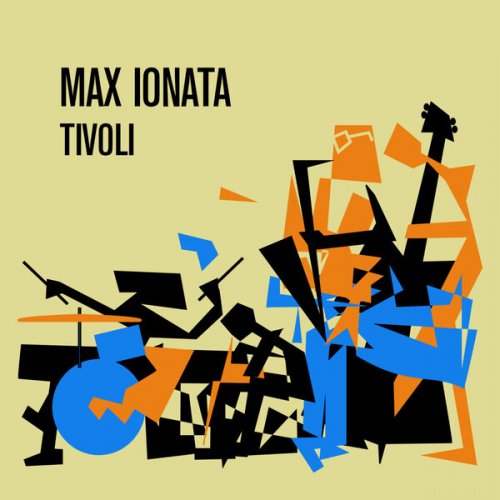
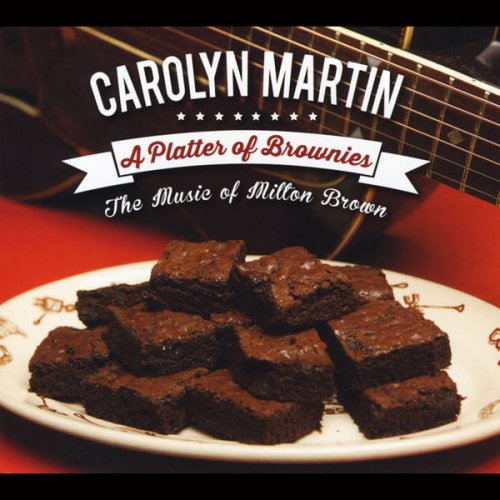
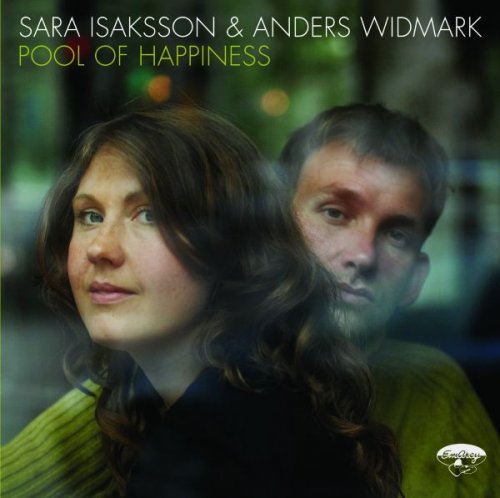
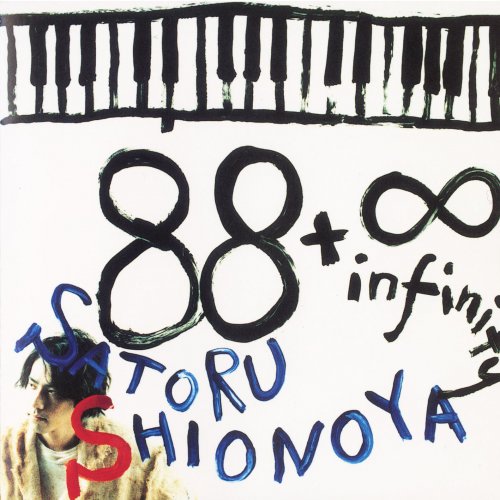

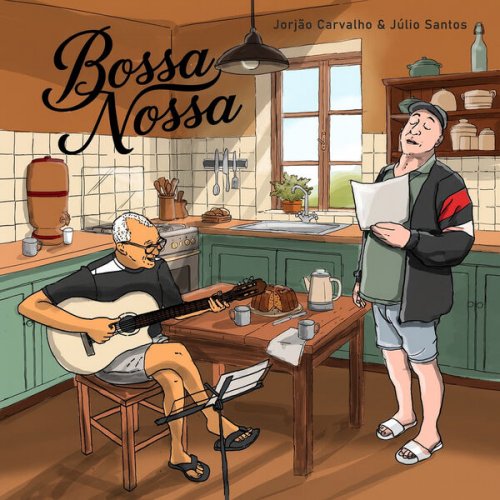
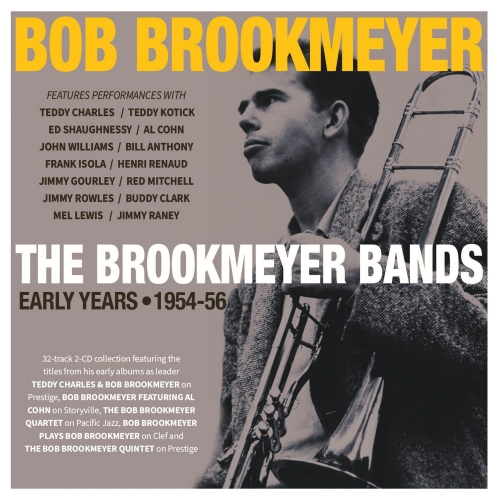
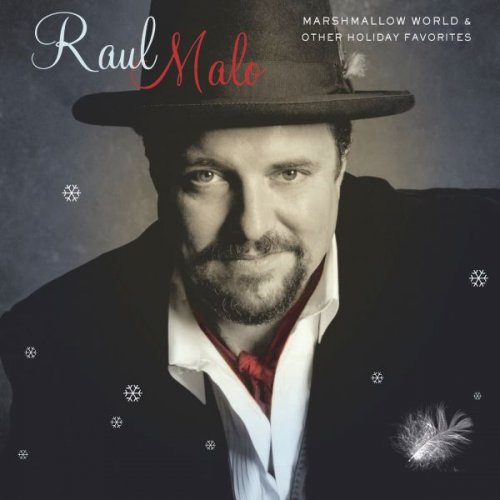
![Wadada Leo Smith - Divine Love (1979/2025) [Hi-Res] Wadada Leo Smith - Divine Love (1979/2025) [Hi-Res]](https://www.dibpic.com/uploads/posts/2025-12/1765802240_cover.jpg)